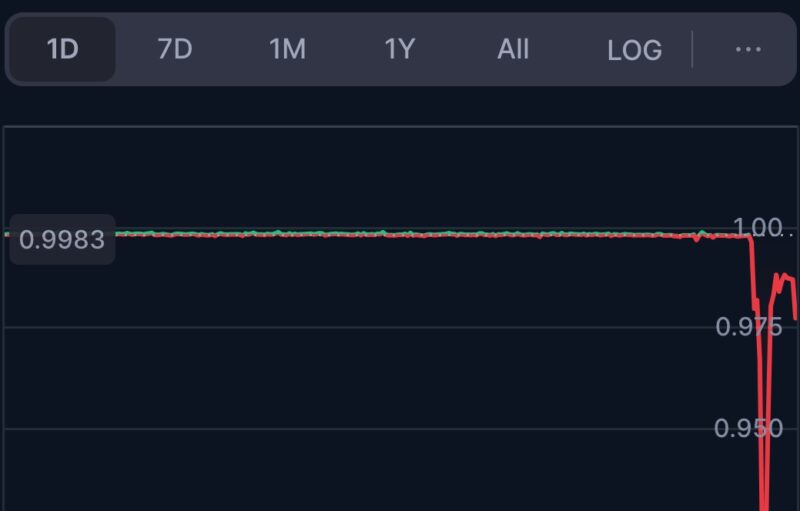
After announcing its support for a state-backed digital asset back in August, China‘s proposed CBDC is edging closer to becoming a reality and becoming a part of the country’s financial ecosystem.
According to a recent report, the People’s Bank of China has revealed that its highly awaited digital currency electronic payment (DC/EP) would undergo testing in the cities of Shenzhen and Suzhou, as the central bank pursues its ambition to become the first state-backed financial institution to issue a virtual currency.
It was also reported that the PBoC had entered into a partnership with four commercial banks and three telecommunication corporations, all of whom were state-owned. The report added that the PBoC had ‘unofficially’ started a ‘horse race’ between state-owned banks in order to encourage development with regards to the implementation of the digital asset.
Mu Changchun, PBoC’s digital currency subsidiary director, had conveyed previously that under the DC/EP model, commercial banks will be the first ones to acquire the CBDC from the PBoC after the deposition of RMB reserve. Later, businesses and the general population would be able to link their digital wallets to their preferred commercial bank and start its usage.
With regard to the aforementioned testing period, the Shenzhen pilot program will be conducted in two phases; after a small test-run, the DC/EP model will be promoted across the city in 2020. This is significant as many speculate that China’s digital yuan project was accelerated by Facebook’s announcement of Libra in June.
China’s CBDC has reportedly registered a better peak transaction per second [TPS], after registering a speed of 220,000, in comparison to Libra’s 1000 TPS.
However, China is not the only country to have expressed its interest in CBDCs. Just a few days ago, there were reports that Ghana was considering the issuance of its own CBDC. Further, transnational organizations such as the European Central Bank have also expressed an interest in looking into state-backed digital assets.
The post appeared first on AMBCrypto






